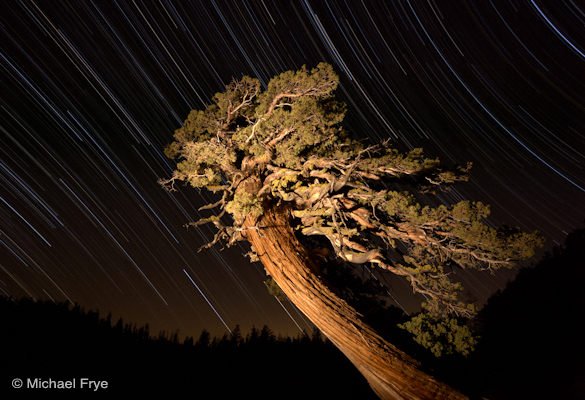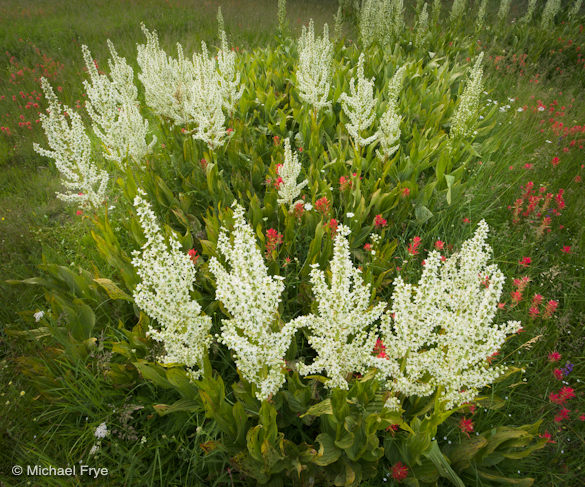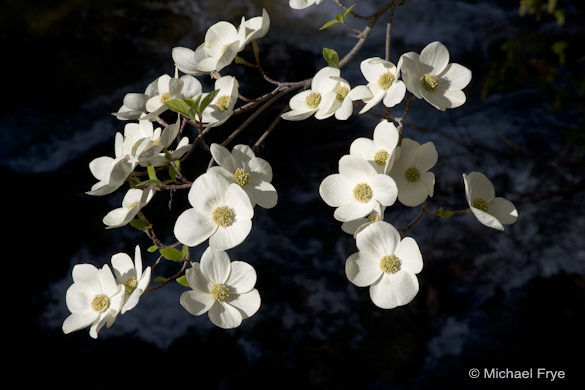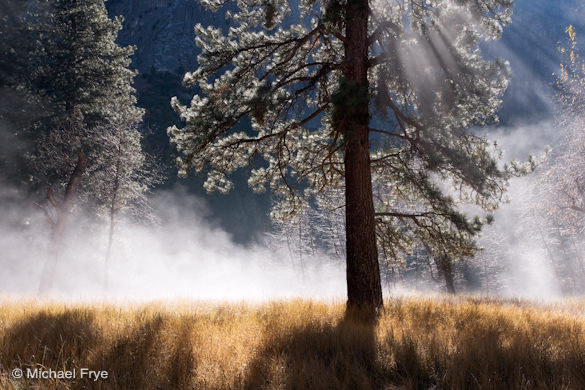by Michael Frye | Apr 15, 2012 | Announcements

Unfiltered Object #4 by Jeff Grandy
Planning to visit Yosemite in the next few weeks for the waterfalls and dogwood bloom? While you’re there, stop by The Ansel Adams Gallery and see the current exhibit by Jeff Grandy, featuring prints from his exquisite Unfiltered Series. The show will be on display until May 10th.
Jeff is a long-time friend, and I’ve always loved his classic landscape images, but this new work of his is quite different. He’s focused on the colors and textures of water, and created a series of abstract and imaginative images. You can see some samples on Jeff’s website.
There will be reception for the artist April 21st from 3:00-5:00 and I plan to attend. Hope to see you there!
— Michael Frye
Michael Frye is a professional photographer specializing in landscapes and nature. He is the author and photographer of The Photographer’s Guide to Yosemite, Yosemite Meditations, and Digital Landscape Photography: In the Footsteps of Ansel Adams and the Great Masters, plus the eBooks Light & Land: Landscapes in the Digital Darkroom, and Exposure for Outdoor Photography. He has written numerous magazine articles on the art and technique of photography, and his images have been published in over thirty countries around the world. Michael has lived either in or near Yosemite National Park since 1983, currently residing just outside the park in Mariposa, California.
by Michael Frye | Aug 7, 2011 | Advanced Techniques, Night Photography

Juniper and star trails near Olmsted Point, Yosemite
Here’s a new image, made last Tuesday evening near Olmsted Point in Yosemite. My friend Mike Osborne calls this the “Bowsprit” tree. What? I didn’t get it either until he explained that a bowsprit is the bent figure with arms splayed back at the bow of old sailing ships. Okay, yeah, this does sort of resemble that.
Anyway, I “painted” this wonderful tree with a flashlight, and used the image-stacking technique to get noise-free star trails. With image stacking the idea is to take a series of short exposures and blend them together, rather than doing one long one. The total exposure time here is about 90 minutes, but one exposure that long would end up being quite noisy. Instead I took 24 four-minute exposures, with only a one-second interval between them. So each of those four-minute exposures has little noise.
(more…)
by Michael Frye | Aug 3, 2011 | Yosemite Photo Conditions

Corn lily circle
A heavy winter, wet spring, and late snowmelt have all conspired to delay the wildflower bloom in the Yosemite high country, but it’s now in full swing. It’s a fantastic year for corn lilies—those plants with the sculpted, photogenic leaves and tall stalks of white blossoms. The Crane Flat Meadows are full of them, more than I’ve ever seen before, but these flowers are abundant in all the meadows between 6000 and 8000 feet right now. I made the accompanying photos in McGurk Meadow, where I found a nice mix of corn lilies and paintbrush.
These displays just the beginning. With all the residual moisture from melting snow, it promises to be a good—though late—wildflower year. Some spots may not peak until the end of August or even the beginning of September.
(more…)
by Michael Frye | Apr 7, 2011 | Digital Photography Basics, Photography Tips

Most camera's light meters would read the dark areas in the background and overexpose these dogwood blossoms. To correct for this, you need to either override the meter with exposure compensation, or adjust the exposure manually.
In the first part of this series I explained one of the most fundamental aspects of digital photography: reading histograms. In this edition I’ll delve into the next step: how to adjust the exposure when the histogram doesn’t look right the first time.
(more…)
by Michael Frye | Feb 3, 2011 | Digital Photography Basics, Photography Tips

Understanding how to read a histogram is the best way to judge exposure in high-contrast scenes like this.
With film, exposure always involves some guesswork—you can never be sure you made the correct exposure until you develop the film. But with digital cameras you can tell immediately whether the right amount of light reached the sensor by looking at a histogram. This ability to instantly evaluate exposure is a game changer—the single biggest advantage of digital photography over film.
But many photographers are still guessing about exposure because they’re unable to decipher the histogram’s cryptic messages. Instead they judge exposure by how bright the image looks on their camera’s LCD screen. But while those little screens are extremely useful for many things, evaluating exposure isn’t one of them. There are too many variables: screen quality (usually bad), the LCD brightness setting in the camera, and the amount of ambient light.
(more…)













